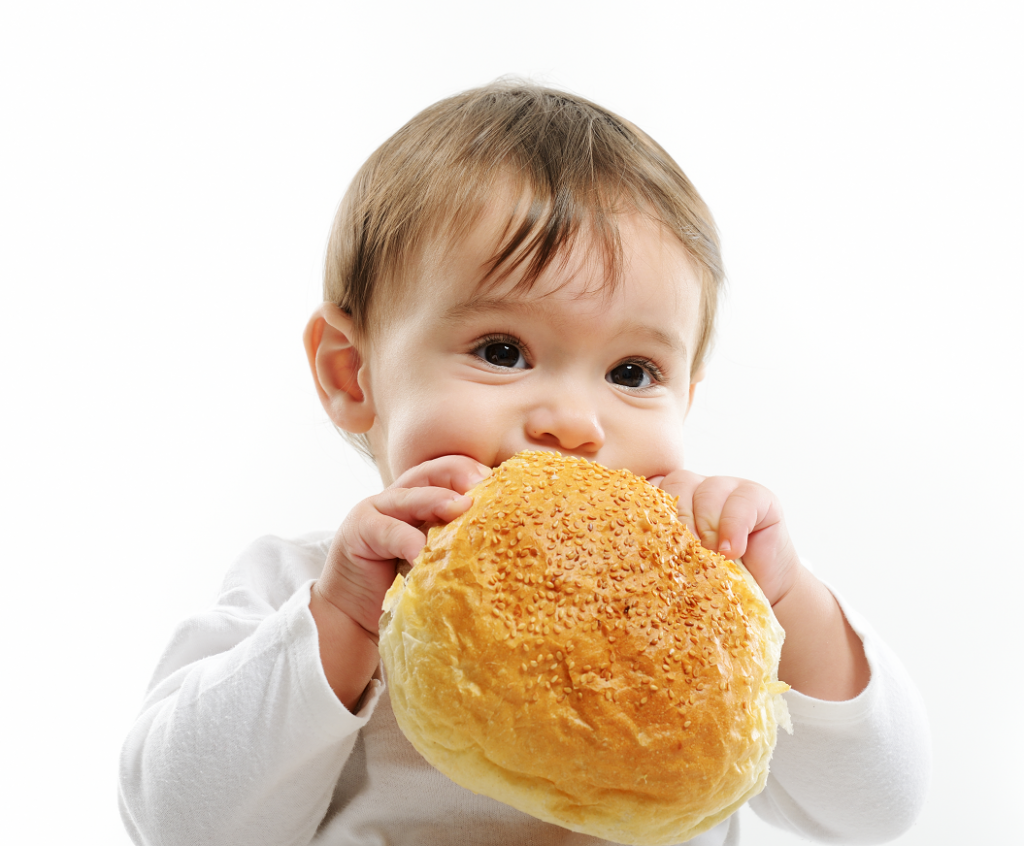Your baby’s first taste of ‘real’ food is a momentous occasion but don’t be surprised if it things don’t go according to plan. Some babies eagerly embrace those first mouthfuls, while others are a little shocked. Here’s everything you need to know on how to begin weaning.
Which food?
A plain puree of a single root vegetable, such as carrot, mixed with a little of your baby’s usual milk is the perfect first food. Sweet vegetables, a single fruit puree such as pear, or a little baby rice with milk, makes the experience less overwhelming.
How much?
One or two teaspoons of puree is about right for the first week or, but she may want more or less.
How often?
Once a day is perfect for the first week or two. Then experiment.
It may be a good idea to begin with to give your baby a little milk first before his solids as he may be more receptive to this new way of eating if he is not frantically hungry. See best first foods for good foods to try first.
Between seven and nine months is a rapid development period for your baby. Your baby is growing so fast he will need plenty of calories. Quite a lot of calories will come from milk, but it’s important to make sure that as well as fruits, vegetables, carbohydrate and protein, he also gets enough fat in his diet. Recipes like vegetables in a cheese sauce and fruit mixes with Greek yoghurt are very good for your baby.
Once your baby can sit unsupported (at around 7 months), he can use a high chair and it is important to try to make eating a sociable event so it is good to get him sitting at the table with you whenever possible.
By the age of seven months your baby should be eating 3 meals a day and is ready to enjoy a wide variety of tastes. He should have doubled his birth weight and a diet of breast milk or infant formula may not be enough for him, so it’s important to include foods like red meat which provide a good source of iron and zinc.







You nailed it. Watch ptv sports live cricket match — live cricket, football, tennis, and more. See schedules, live scores, expert analysis, and replays with fast, reliable HD streaming anywhere.
Awesome post! Join the fun at https://www.web-esk-whats-app.com whatsapp收不到短信验证码 . Date: 2025-11-25 03:03:17 (-03).